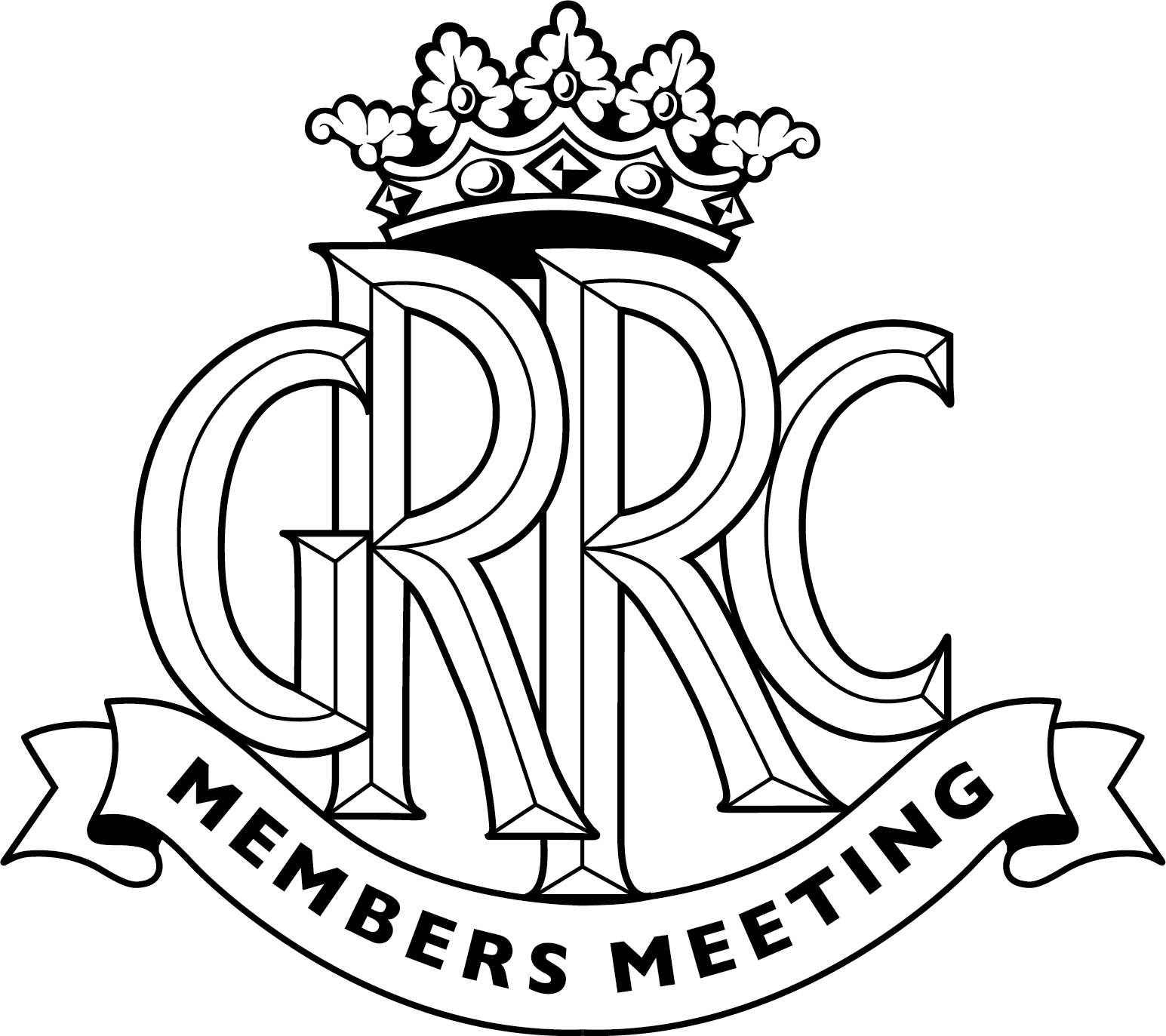Will MotoGP stay the same after 2020?
Will there be MotoGP racing at all in 2020? And how will racing be changed when it does resume? These are among the many imponderables of our predicament.

As in all sports, the prospects become bleaker. The first intention, to try to run all rounds, has now been abandoned, with the late-April announcement of cancellation of the GPs of Germany, Finland and the Dutch TT (the only race on the calendar since the series began).
Racing will return. It must return. But will it come back in the same way, or will this forced hiatus in turn force changes – as some commentators predict it will in every aspect of life?
The motorcycle world championship started in 1949. By then there was already a framework that had evolved ever since the first Isle of Man TT in 1907.
The TT had evolved three capacity classes: 250 “Lightweight”, 350 “Junior” and 500 “Senior”. They were joined in the new FIM world series by 125s. The major change for the post-war resumption was the banning of supercharging. Technical landmarks since that time have been memorable.
Nobody could forget the mechanical extravagances of the 1960s, when the new Japanese industry was flexing its muscles against the European establishment and against one another. Honda espoused the four-stroke cause, with motorcycles of every number of cylinders between one and six, except for three. The six-cylinder 250/350 racers were legendary, but the five-cylinder 125 (using the twin-cylinder 50cc racer’s tiny pistons) made a very special noise.
Yet the greatest technical extravagance had already come from Italy: Moto Guzzi’s utterly spectacular though sadly not especially successful 500cc V8 that ran from 1955 to 1957, With eight tiny carburettors in interlocking ranks of four, it was a work of engineering art.
In both examples, however, complexity got the better of itself. Dismayed by the escalating costs in the face of falling sales, after 1957 the major Italian factories withdrew from GP racing. Only for MV Agusta to break ranks with Moto Guzzi and Gilera, and return for 15 years of unopposed domination.

1974, Silverstone. Phil Read on his MV Augusta.
After 1967, the sanctioning federation, the FIM, called a halt to the proliferation with enforced simplification, consigning not only the Hondas but the multi-cylinder multi-gear two-strokes of Yamaha and Suzuki to the museums.
As the 1970s began, the two-strokes couldn’t be stopped. The utility engines had been brought to high performance first by MZ in East Germany, where a genius engineer found how to use harmonic resonance to take the place of a four-stroke’s mechanical valves. Their march through the smaller classes was inexorable, and the first two-stroke premier-class championship came in 1975 for Yamaha… though only after a 1973 fatal crash robbed champion-elect Jarno Saarinen of the honour.
Rule-makers have steered racing evolution, although sometimes, as in 1967, in reaction to commercial forces. It happened again as the new century began.
By then, two-strokes had fallen badly out of favour. The industry was the influence behind Dorna’s new rules, replacing two-strokes with big 990cc (now 1,000cc) four-strokes in 2002, with more in common with sports bikes in the showrooms. Was this a mistake?
The sin of the two-strokes was exhaust smoke, the inevitable consequence of total-loss crankshaft lubrication, intrinsic with crankcase induction. By that time, however, work was well advanced in replacing this with supercharging, eliminating the problem… and in turn (eventually) giving rise to possibilities of supercharged two-strokes for future F1 racing, as already mooted.
Two-strokes have many advantages, especially for motorcycles. As well as greater power for a given engine capacity, they are lighter, more compact, simpler, easier to maintain, have far fewer moving parts, and significantly less pollution during manufacture.
Outlawing two-strokes, a policy since applied to the smaller classes as well, was not the first time that regulations stood in the way of meaningful progress via racing.
The other stand-out example was back in 1958, when the FIM banned full streamlining, the so-called “dustbin” fairings. This was on safety grounds, for while the likes of Moto Guzzi had tested theirs in a wind-tunnel, amateur versions were both flimsy and potentially lethal in crosswinds. New rules dictated that the front wheel must be fully visible from the side – thereby setting back motorcycle aerodynamics for ever.

The current hiatus offers a chance for serious revision of rules. Even, perhaps, a return to two-strokes, starting with the smaller classes. But it’s not very likely.
The commercial necessity driving any potential changes this time will be the need to reduce costs as much as possible, in the interests not only of beleaguered factories but even more so teams, many of whose sponsors are in danger of disappearing.
“Don’t change” will be the impetus, and in this way potential mechanical and aerodynamic upgrades for 2021 have already been put on ice. And when racing does begin again, it won’t even be more of the same, but – with fewer private teams – probably less.
Love MotoGP? Maybe you’ll enjoy a side-by-side comparison between MotoGP and WSBK.
Images courtesy of Motorsport Images.
MotoGP
Marc Marquez
Valentino Rossi
MotoGP 2020





